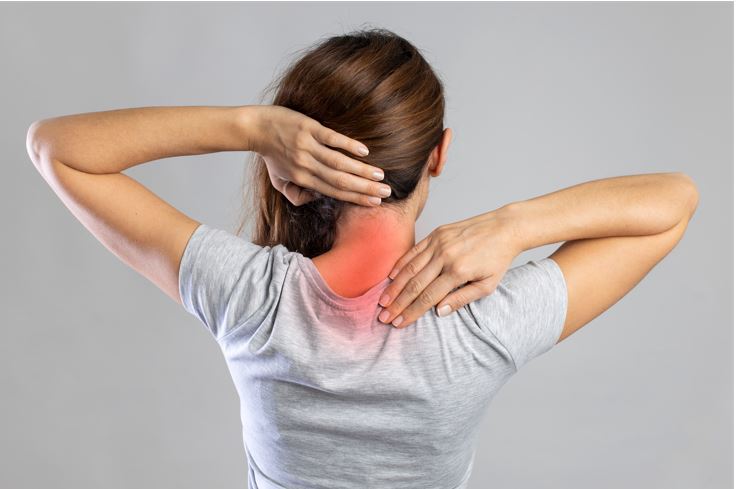A Cervical Spine Disorder is a problem in the neck that can cause pain, numbness, and tingling in the arms or legs. For many people with Cervical Spine Disorders, there are steps you can take to avoid more serious problems down the line like disc herniations. This blog post will help you understand Herniated Discs and Hip Injuries and how they relate to Cervical Spine Disorders so that you know what to look for if these symptoms appear!
Key Points: Cervical Spine Disorders are a problem in the neck that can cause pain, numbness, and tingling in the arms or legs. Herniated Discs are when your discs between vertebrae slip and push out through an opening on either side of the spine called a herniation. Hip Injuries are common, and Cervical Spine Disorders can be a precursor to Hip Injuries.

Steps:
– Know the warning signs for Cervical Spine Disorders, Herniated Discs, and Hip Injury so that you know when there is cause for concern.
– Maintain good posture with an ergonomic chair at work or home.
– Perform stretches before or after exercise to maintain range of motion in your neck. – Take care not to sleep on your stomach because it places strain on the Cervical spine causing problems like herniated discs! But if you must, then do this while putting pillows under your head and shoulders instead of using blankets as extra padding, which may lead to hip injuries down the line.
– Make sure to drink lots of water to stay hydrated and prevent Cervical Spine Disorders or Herniated Discs!
The Cervical spine is located at the base of your skull; it has two parts (C0) C01 C02 that connect all vertebrae from the cervical bones in your neck with the bottom part, which is called Lumbar Vertebrae. The discs between these vertebrae can move out through an opening on either side if they are herniated, which means slipped disc. This happens when there isn’t enough protection for those discs, so stress gets concentrated on them over time, leading to a breakdown in their outer layer and could lead to pain.












